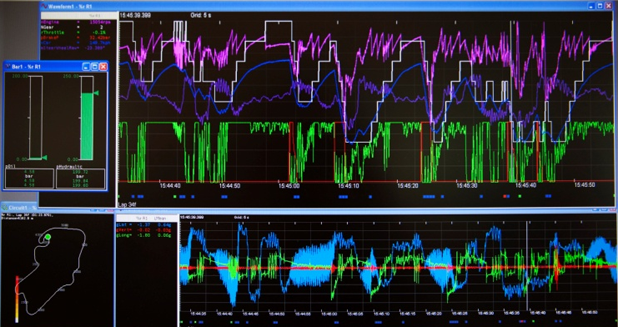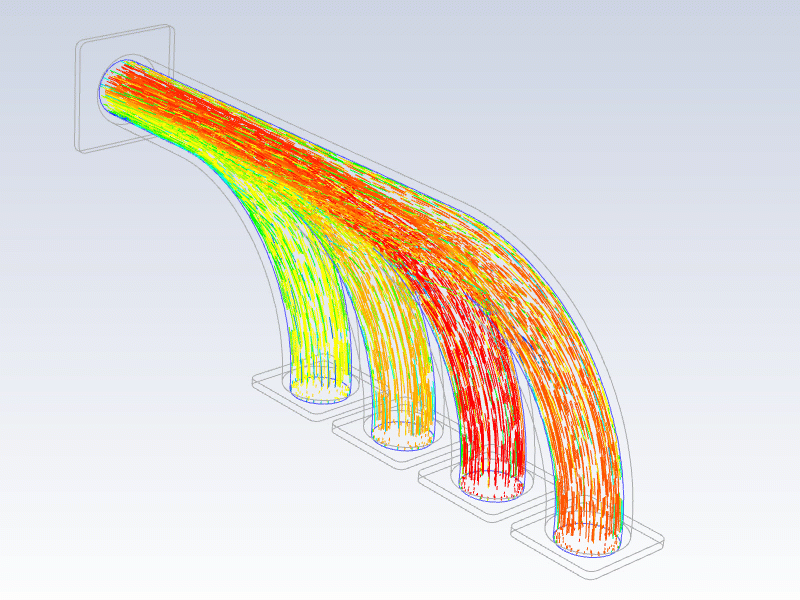DATA, DATA, DATA
Those of you with drag cars, half mile cars, marine, and land speed cars who have worked with me know how much I like individual lambda per cylinder. Yes, I like and use EGT per cylinder as well for different reasons. ⠀
However, when using staged injection, nitrous, or unknown intake manifold combinations, for me, nothing beats individual wideband per cylinder. It is super fast and clear to tell you what’s going on with regard to fueling. One lambda per cylinder places a lambda probe in each exhaust primary, coming right out of the cylinder head. So if we have too much fuel, too little fuel, more air, or less air, we are able to see that immediately. Once all of the exhaust is collected into the exhaust manifold collector, or into a turbocharger, we no longer know which cylinder is running leaner or richer.
Let me give you an example. If you are using EGT to balance cylinders, you could have a hot cylinder due to more airflow, or less fueling. This would show as leaner on the individual wideband, and hotter on EGT, so both tell you something is up. However, what if the piston/rod/cylinder head/combustion chamber/spark plug has one cylinder effectively running more timing (this is a thing) than the others? That would actually show lower EGT, even though it’s being run more aggressively.
If you look at this datalog of a 1100 horsepower EVO, you can see the red line (RPM), blue line (load) and the lower trace, which is one wideband per cylinder. Check out the variation per cylinder! Do you see the orange trace? This car has staged injection; the cylinder 4 (orange) secondary injector was not opening at all! In this case, EGT would have been nowhere near quick enough to save the engine. The individual wideband as a diagnostic tool is invaluable.
Monitoring EGT is a very effective tool for engines that are run hard and long in steady state conditions; and most good software has a way to reduce the requested cylinder pressure based on EGT. It also is a good way to tell you if one cylinder is running hotter, but it doesn’t always tell you why one cylinder is running hotter. When you have quick gears shifts, nitrous coming in and out to say, spool up a turbo, etc then EGT is slower to work.
That’s where individual lambda sensors come into play. The Syvecs Lam2CAN will take up to 8 lambda sensors and process the information, then communicate individual lambda values to your ECU via CAN.
So what I’m saying is that both lambda and ignition timing can alter EGT readings, and that lower is not always safer. Syvecs has made this clean and easy and this unit speaks via CAN so it can communicate with your other ECU’s such as MoTeC or Emtron. If you are interested in getting this setup for your car, just let me know and I’d be happy to put together a quote for you.
If you are interested or want to chat about data acquisition, expansion, or dash options please don't hesitate to reach out. Setting up data, logging functions, and analyzing log data for race cars is one of my favorite things to do. Even if you are calibrated by someone else, that is no problem! Some tuners are so busy that they may not have time to carefully dig into each part of the data with you and I’m happy to do consultation on those types of things.




